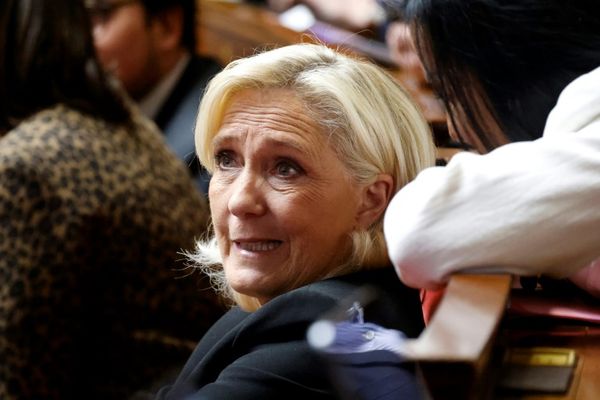
- Third-party companies have managed to tap into Tesla's charging protocols to enable V2L
- This is unsanctioned by Tesla and could void the car's warranty
- Tesla has promised to bring the functionality to its cars by 2025
Tesla, once a pioneer in the EV space, is falling behind. Now, sure, the EV maker's cars still boast cutting-edge tech and a promise to become robotaxis, but there are some glaring omissions from the hot-tech list that other automakers have begun to make standard features in their battery-powered cars. One of those happens to be bidirectional Vehicle-to-Load (V2L) power sharing.
Despite Tesla CEO Elon Musk calling V2L "extremely inconvenient," Telsa said the feature would come to its EVs in 2025. But rather than wait for Tesla to make good on its promise, third-party companies are taking it into their own hands. Tesla's V2L era is (prematurely) here.
Vortipower is the newest company specializing in Tesla-V2L to start making waves on social media. Its product, which gives 3.5 kilowatts of juice in the form of two 15-amp 120-volt outlets, promises to make the process of V2L super simple for owners—just plug in and go. That's enough power to run a refrigerator, space heater, an air conditioner, or some lights if the power in your home were to go out. The device will continue to sip power until the car reaches 20% remaining in its high-voltage pack and then cut off the electricity to any connected device to avoid discharging the battery too far.
Now, here's the gripe—this product is expensive. At the $1,499 list price, it towers above the $99 adapters offered by Lectron for the Hyundai's E-GMP vehicles. Fortunately, there are more affordable options. Chinese accessory manufacturer WeiDian sells a similar product called the Power 2 for under $350 in its domestic market. Then there's A2Z EV (the company that makes the controversial Supercharger extension cables) that sells a V2L adapter with just one outlet for a more reasonable $130.
Vortipower claims that it has verified that its V2L adapter works with "all Tesla models currently available on the market," including older variants of those models. While it doesn't hold a UL certification, it also says that the way it saps power from the car's high-voltage battery is safe and won't adversely affect the pack's health.
However, that's not to say that Tesla won't have problems with you running one of these adapters. See, the automaker has a bit of a conflict of interest in order—which could be one of the reasons that it hasn't enabled power sharing in the majority of its cars just yet. Enter: the Powerwall.
One of Tesla's revenue generation schemes is its whole-home battery backup, the Powerwall. By enabling cars to share power, even something as simple as V2L, it's hard to ignore that this takes away from the value of its $10,000 battery backup system and could undercut demand. The conflict becomes even more apparent when peeking at Tesla's limited vehicle warranty, which explicitly prohibits using the Model 3, Model Y, Model S, or Model X "as a stationary power source" and voids the warranty.
Vortipower says that it can't guarantee its product doesn't void Tesla's warranty either:
"While we cannot guarantee that Tesla’s warranty will remain unaffected, we’ve designed the PowerShare device to operate safely within Tesla’s protocols," wrote Vortipower. "Our product is engineered to avoid causing harm to the vehicle’s battery or systems when used as intended."
Meanwhile, owners are stuck waiting. Tesla insisted that it would bring bi-directional charging to all models in 2025, though it was in the middle of retooling its power electronics when it made that promise in 2023. Whether Tesla meant all legacy models or just new vehicles is an unknown—Tesla is known for enabling new features via a simple software update—but if the feature is reliant on a power electronics hardware upgrade, then it may not be so simple.
It seems that the functionality is already there, at least for basic 3.5-kW V2L needs. If nothing else, products like Vortipower highlight just how accessible the power is, even if the means of tapping into it aren't officially sanctioned. However, with Tesla threatening the vehicle's warranty, one use of the charger could make a simple warranty claim an uphill battle with the Magnuson Moss Warranty Act. Is it worth it to beat Tesla to the punch? Maybe. But I'll let you decide.







